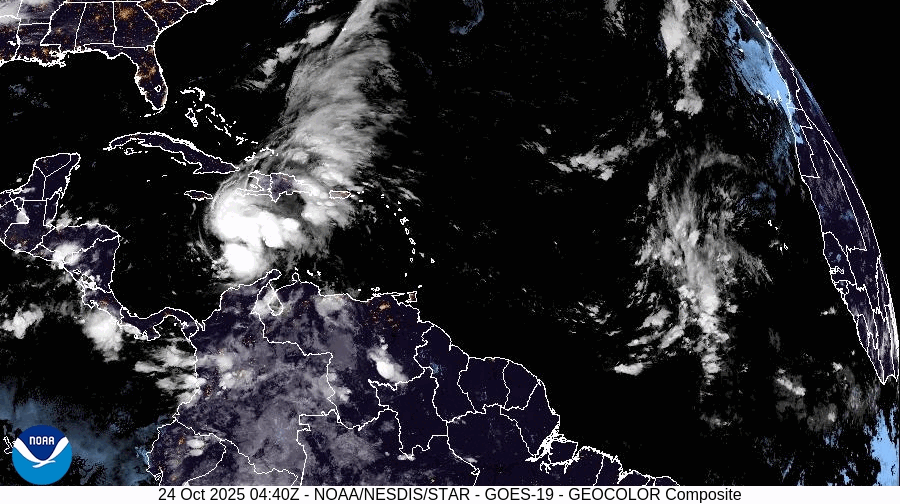
David Mearns found the bronze disc during a dive on a shipwreck off the coast of Oman in 2014 but said Warwick University had only recently confirmed what it was after laser scans revealed etches on it. “I knew immediately when I saw it that this was a very important object. I could see the royal coat of arms on it,” Mearns told AFP. “This is the oldest maritime astrolabe,” he said, dating it to between 1496 and 1500 -- around 30 years earlier than the previous oldest known astrolabe.
Astrolabes have been in use since ancient times and the mariners’ version was developed by Portuguese explorers using the altitudes of the sun or stars to determine the latitude of a ship at sea. Warwick University professor Mark Williams carried out the scans of the 17.5-centimetre wide artefact, finding etches separated by five degrees intervals to calculate the height of the sun. “It was fantastic to apply our 3D scanning technology to such an exciting project and help with the identification of such a rare and fascinating item,” Williams said in a statement.
Mearns’s company Blue Water Recoveries found the shipwreck in 1998 after researching it but excavations on the site did not begin until 2013 in collaboration with Oman’s culture ministry. Mearns said he believes the shipwreck is of a ship called the Esmeralda, which was part of Vasco da Gama’s second expedition to India of 1502-1503 and was captained by the explorer’s uncle. Da Gama was the first European to reach India by sea in 1498, a discovery that opened the way for an age of colonialism and trade between Europe and Asia.
US-born Mearns, who has worked on shipwrecks around the world, said the astrolabe carried the personal emblem of King Manuel I of Portugal, who came to the throne in October 1495. “The Portuguese were at the forefront of developing astrolabes at sea. The oldest reference of them using them at sea is about 1480. The previous oldest was on a ship from 1533,” Mearns said. The astrolabe is with Oman’s National Museum.
Follow @htlifeandstyle for more







